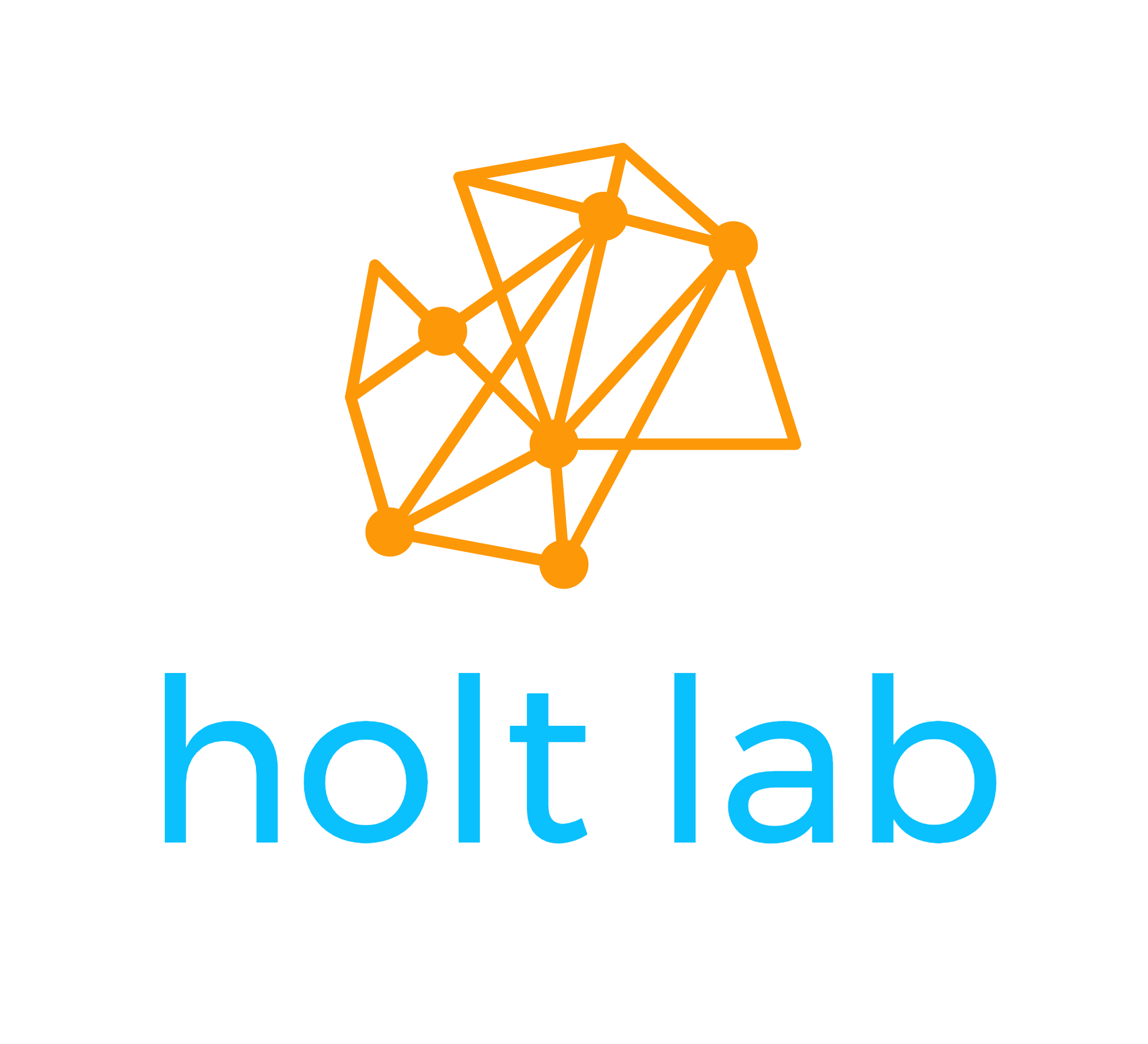positions available – how does molecular crowding impact cell biology?
We seek motivated applicants to join our team working at the interface of cell biology, mechanobiology and biophysics.
Tens of thousands of biochemical reactions occur simultaneously in the cell. Small molecules are channeled through metabolic pathways at blistering speed. Giant complexes assemble to orchestrate transcription and translation. ATP fuels the active transport of organelles along microtubules, and actin networks drive membrane remodeling and agitate the cytoplasm. All of this occurs within a crowded cell interior that approaches the physical limits where jamming will occur. This extreme physical environment is both essential for life, and a potential liability. If cells become too dilute, they senesce and die. On the other hand, increased crowding eventually stalls growth. We found that the central growth regulator, mTORC1, is a crucial regulator of crowding in both the cytoplasm and nucleus. We also found that mechanical compression affects crowding and phase separation. We propose that perturbations to the physical properties of the cell interior through mechanical forces and the regulation of growth pathways play a crucial role in cell and developmental biology.
We have two new technologies that greatly facilitate this research: First, we created a gene that enables cells to produce a steady supply of fluorescent nanoparticles that act as tell- tales for shifts in intracellular physical properties [1]. Second, we developed microfluidic devices to control compressive stress, either quickly or slowly, while maintaining a constant chemical environment [2].
We seek a post-doctoral researcher to explore the connections between these biophysical phenomena and cell biological events including transcription, phase separation, mitosis, differentiation. There are a large number of possibilities depending on the interests on the candidate. We work in multiple model systems including yeast, cell lines and stem cells. Experience in quantitative microscopy, mechanobiology or biophysical analysis are beneficial, but we also aim to provide an environment that enables professional development and the acquisition of new skills. These projects benefit from a strong ongoing collaboration with Dr. Morgan Delarue at LAAS, Toulouse.
Note: the above is a general guide, we develop project ideas in close collaboration with postdoctoral researchers to find the best and most exciting match the interests of the lab and the individual.
Interested parties should send a CV and a one page cover-letter that briefly describes a project idea to Liam Holt:
Liam.Holt@nyulangone.org
[1] M. Delarue, G. P. Brittingham, S. Pfeffer, I. V. Surovtsev, S. Pinglay, K. J. Kennedy, M. Schaffer, J. I. Gutierrez, D. Sang, G. Poterewicz, J. K. Chung, J. M. Plitzko, J. T. Groves, C. Jacobs- Wagner, B. D. Engel, and L. J. Holt, “mTORC1 Controls Phase Separation and the Biophysical Properties of the Cytoplasm by Tuning Crowding.,” Cell, vol. 174, no. 2, pp. 338–349.e20, Jul. 2018.
[2] M. Delarue, G. Poterewicz, O. Hoxha, J. Choi, W. Yoo, J. Kayser, L. Holt, and O. Hallatschek, “SCWISh network is essential for survival under mechanical pressure.,” Proceedings of the Na- tional Academy of Sciences, vol. 114, no. 51, pp. 13465–13470, Nov. 2017.
